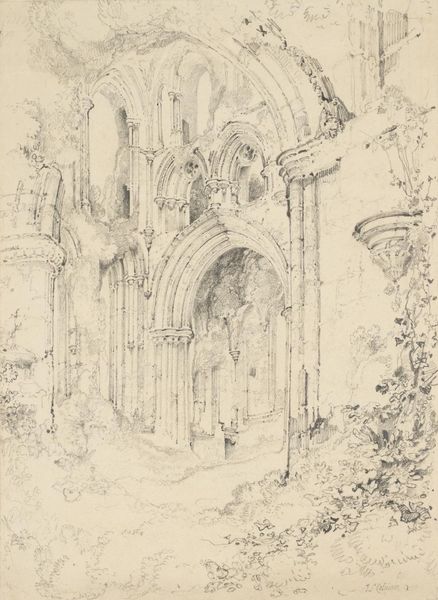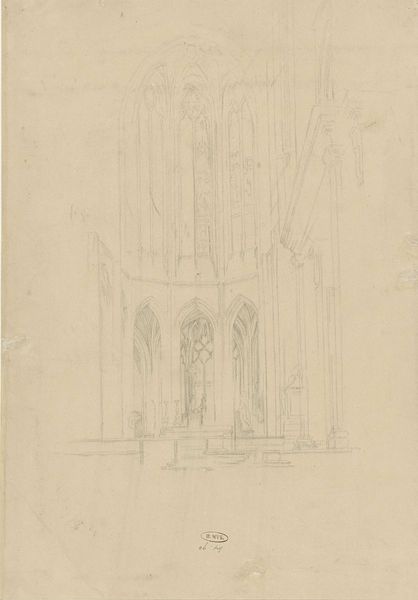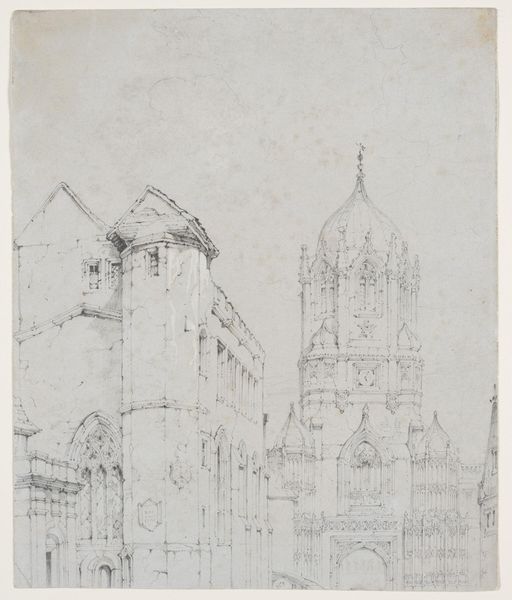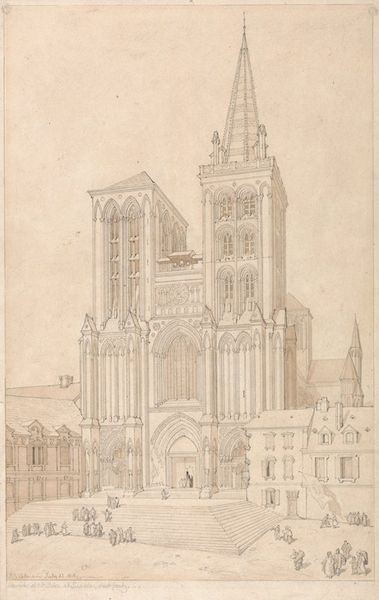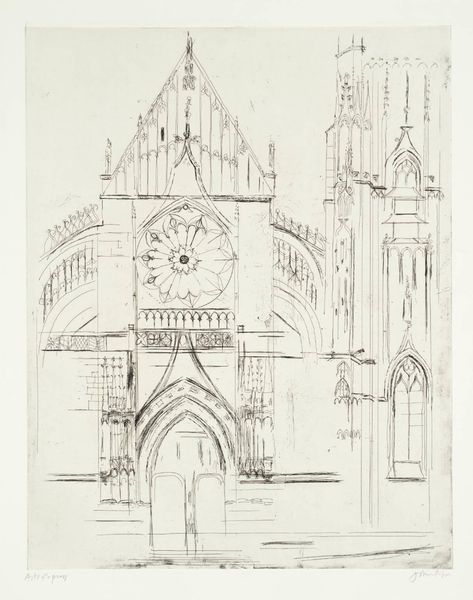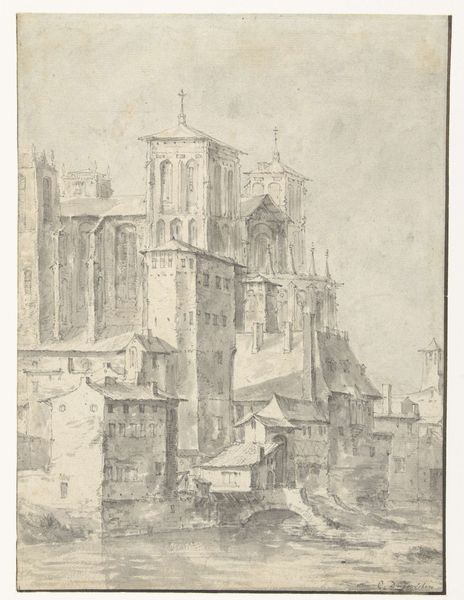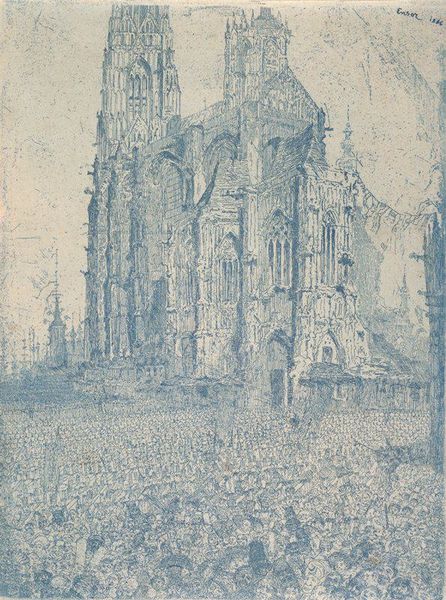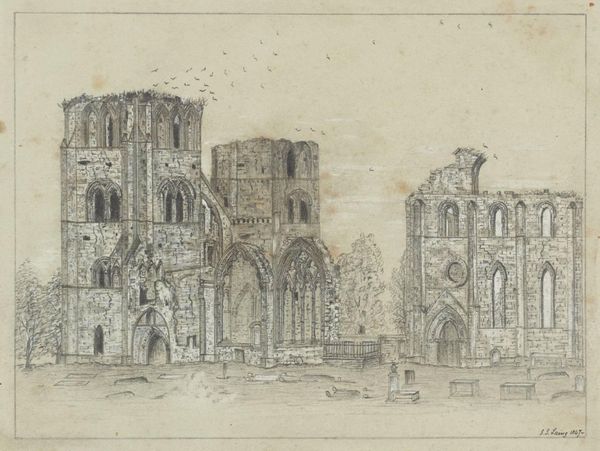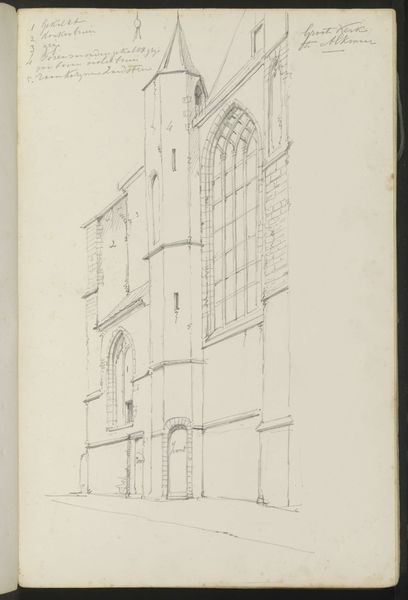
drawing, pencil
#
drawing
#
medieval
#
landscape
#
form
#
romanticism
#
pencil
Copyright: Public Domain: Artvee
Editor: This is John Sell Cotman's pencil drawing, "East End of Howden Church, Yorkshire," circa 1803. I'm really struck by the skeletal grandeur of the church ruins against the pale sky. It feels so Romantic, in that "beauty in decay" kind of way. What does it conjure up for you? Curator: Beauty in decay…yes! I see it, that melancholic grandeur so prized by the Romantics. The way Cotman uses delicate lines to describe these massive, crumbling forms... it's like he’s tracing the passage of time itself. Do you feel a sense of... absence, maybe? A former glory? Editor: Definitely absence! Like the ghost of a building. But also, it's interesting how light still filters through, you know? Life finds a way, even in ruins. What would someone at the time make of these gothic forms? Curator: Exactly! The light is key – a fragile persistence. And for Cotman's audience, medieval ruins were powerful reminders of a past that was both glorious and lost. Think of the rise of industry, and suddenly this pre-industrial world becomes incredibly nostalgic, charged with romanticism and even perhaps a touch of the macabre. Look at those windows... empty frames now, weren't they? What pictures did they contain, do you suppose? Editor: Hmm, now that’s interesting. It's easy to just see the grand landscape and forget to ask such intimate questions! I learned a lot about looking beyond the simple grandeur, thanks. Curator: And I about the role light and life plays even within absence and apparent decay! Ruins are rarely silent if we take a moment to consider. Thanks.
Comments
No comments
Be the first to comment and join the conversation on the ultimate creative platform.
